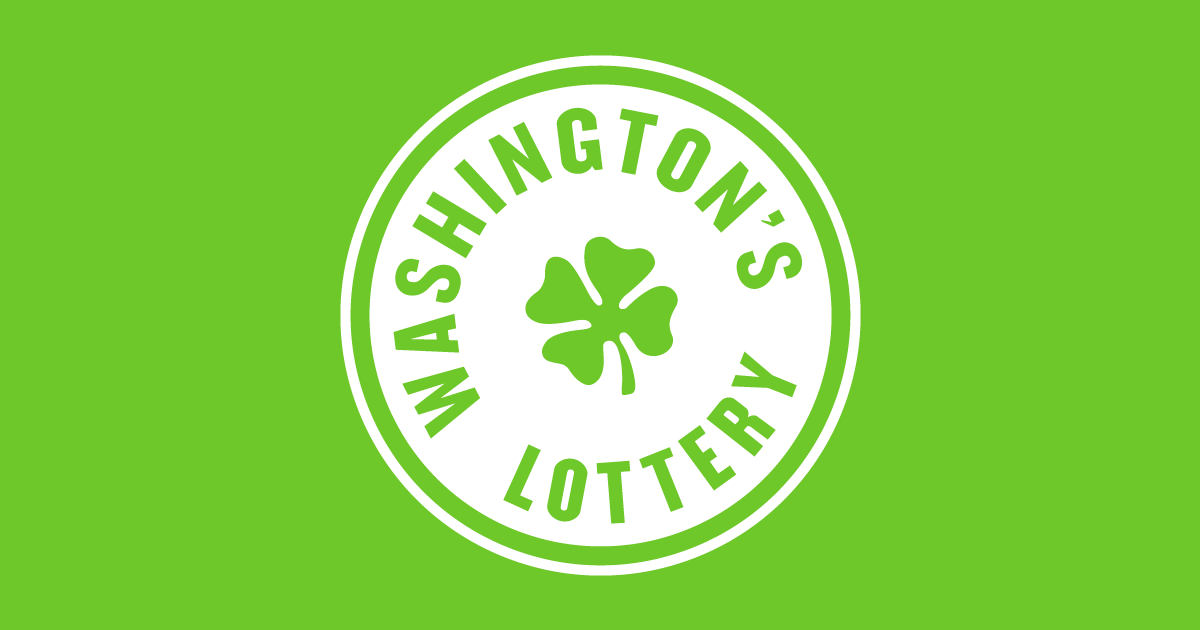Pacific Fishery Management Council Adopts 2024 West Coast Ocean Salmon Seasons
Published 6:26 am Thursday, April 11, 2024
Pacific Fishery Management Council NEWS RELEASE
FOR IMMEDIATE RELEASE: Wednesday, April 10, 2024
Contact: Robin Ehlke, Salmon Staff Officer, robin.ehlke@noaa.gov Merrick Burden, Executive Director, merrick.j.burden@noaa.gov Council Office 503-820-2280 (toll free: 1-866-806-7204)
Seattle, Washington—The Pacific Fishery Management Council has adopted recommendations for ocean salmon fishing along the Pacific west coast in 2024. The seasons provide recreational and commercial opportunities in northern areas of the coast but include significant reductions and closures in southern portions of the coast to achieve conservation goals for goals for both Chinook and coho salmon stocks.
The recommendations will be forwarded to the National Marine Fisheries Service (NMFS) for approval by May 16, 2024.
Forecasts for West Coast Chinook and coho stocks in 2024 are a mixed bag, with some low and high points when compared to last year. Federal requirements to conserve Fraser River (Canada) coho, lower Columbia River natural coho, southern Oregon/northern California coho, Puget Sound Chinook, Klamath River fall Chinook, and Sacramento River fall Chinook are the main constraints for setting this year’s ocean salmon fisheries.
“The forecasts for Chinook returning to California rivers this year are again very low,” said Council Chair Brad Pettinger. “Despite improved drought conditions, the freshwater environment that contributed to these low forecasted returns may still be impacting the overall returns of Chinook.”
Washington and Northern Oregon (north of Cape Falcon)
Fisheries north of Cape Falcon (in northern Oregon) are limited mainly by the need to constrain catch of lower Columbia River natural coho. On the bright side, two natural coho stocks previously declared overfished (Queets River and Strait of Juan de Fuca) now meet the criteria for rebuilt status.
Tribal ocean fisheries north of Cape Falcon
The Council addresses the federally recognized fishing rights of coastal tribes as part of its annual process to adopt ocean salmon recommendations for tribal ocean fisheries north of Cape Falcon. The Council adopted the seasons as proposed by the tribes. The tribal ocean fishery structure has a spring season focused on Chinook and a summer fishery focused on both Chinook and coho. The quotas are 42,500 Chinook (compared to 45,000 last year), and 42,500 coho (compared to 57,000 last year).
Commercial ocean season
The non-tribal ocean commercial fishery north of Cape Falcon includes the traditional seasons in the spring (May-June) for Chinook and in the summer (July-September) for Chinook and coho. The Chinook quota is 41,000 (compared to 39,000 last year) and the coho quota is 15,200 marked coho (compared to 30,400 last year).
Sport ocean season
The ocean sport fishery north of Cape Falcon opens in mid-June to late-June and continues into September, unless salmon quotas are met earlier. The Chinook quota is 41,000 (compared to 39,000 last year) and the coho quota is 79,800 marked coho, (compared to 159,600 last year).
Oregon (south of Cape Falcon) and California
Ocean salmon fisheries south of Cape Falcon are again limited mainly by the low abundance forecasts for both Klamath River and Sacramento River fall Chinook. While the forecasts for these two target Chinook stocks are a bit higher than last year, this year’s ocean salmon seasons will have significantly reduced opportunity compared to historical seasons. Coho abundance, in general, is forecasted to be less than last year’s forecast, but the natural coho forecasts are a bit higher this year compared to last year.
Full closures for California’s commercial and recreational ocean salmon fisheries were recommended by the State due to the low abundance forecast for the state’s target stocks and the historically low numbers of spawner returns for Sacramento River winter Chinook, Central Valley Spring Chinook, and the Upper-Sacramento subpopulation of Sacramento River fall Chinook. Had fisheries been prosecuted in California, seasons would have been heavily constrained by the conservation objectives for California Coastal Chinook and Southern Oregon Northern California Coastal coho.
Commercial ocean season
Oregon ocean commercial salmon fisheries from Cape Falcon to Humbug Mountain will be open from mid-April though late May, then shift to a pulse of openers lasting a few days in June, July and August, and then open all of September and October. A limited coho season will also occur in September with a 2,500 coho quota (compared to 10,000 last year). The area from Humbug Mountain to the Oregon/California border will be open briefly from mid- to late-April.
California ocean commercial salmon fisheries in all areas from the Oregon/California border to the U.S./Mexico border are closed.
Sport ocean season
Oregon ocean recreational salmon fisheries from Cape Falcon to Humbug Mountain is open for Chinook retention through October, with specific times and areas open for coho retention. October will be open for all salmon except coho and open only shoreward of the 40-fathom regulatory line.
The area from Humbug Mountain to the Oregon/California border will open for Chinook retention from mid-May through August. In the area from Cape Falcon to the Oregon/California border a 45,000 marked coho quota (compared to 110,000 last year) is in place, with marked coho retention allowed beginning in mid-June through early- August from Cape Falcon to Humbug Mountain and mid-June through early-August
from Humbug Mountain to the Oregon/California border. Coho retention may end sooner if the quota is met prior to the scheduled end dates. A non-mark-selective coho fishery is scheduled in the area between Cape Falcon and Humbug Mountain for the month of September with a 25,000 coho quota (equal to last year).
California ocean recreational salmon fisheries in all areas from the Oregon/California border to the U.S./Mexico border are closed.
Management Objectives for Southern Resident Killer Whales
The Council worked collaboratively with NMFS to understand the effects of Council-area fisheries on Southern Resident killer whales, which are listed as endangered. Based in part on information provided by the Council’s ad-hoc Southern Resident Killer Whale Workgroup, the Council amended the Pacific Salmon Fishery Management Plan to address the needs of the whales while providing salmon harvest opportunities. As part of the amendment, the Council adopted a Chinook abundance threshold for the north of Falcon area, below which additional action (management measures) would be required when considering ocean salmon seasons. The threshold value is 623,000 Chinook. The Chinook abundance is projected to be well above this threshold in 2024.
Management Process
“This has been another challenging year for the Council, its advisors, fishery stakeholders, and the public, to say the least,” said Council Executive Director Merrick Burden. “The economic impact of closing a good portion of the west coast ocean salmon fishery will negatively impact the people that participate in the fishery, and the small businesses in coastal communities that rely on the salmon fishery.”
The Council developed three management alternatives in early March for public review and further analysis. The review process included input from tribal, Federal, and state fishery scientists and fishing industry members; public testimony; and three public hearings hosted by the Council. At its April meeting (April 6-11), the Council consulted with scientists, heard public comments, revised preliminary alternatives as necessary, and chose a final alternative.
The decision must be approved by NMFS. Coastal states will adopt fishery regulations for state-managed waters that are compatible with the Council’s actions.
Council Role
The Pacific Fishery Management Council is one of eight regional fishery management councils established by the Magnuson-Stevens Fishery Conservation and Management Act of 1976 for the purpose of managing fisheries 3-200 miles offshore of the U.S. coastline. The Pacific Council recommends management measures for fisheries off the coasts of California, Oregon, and Washington.
On the Web
Pacific Fishery Management Council (www.pcouncil.org)
2024 seasons adopted by the Council are on the ‘Annual season management process’ page
https://www.pcouncil.org/annual-salmon-management-process/Final analyses of the biological and socioeconomic impacts will be posted on the Council web page on or about April 18 (look for 2024 Preseason Report III on this page)
Fact sheet: Salmon
Fact sheet: Geography of Salmon
Fact sheet: Common Terms Used in Salmon Management
###





